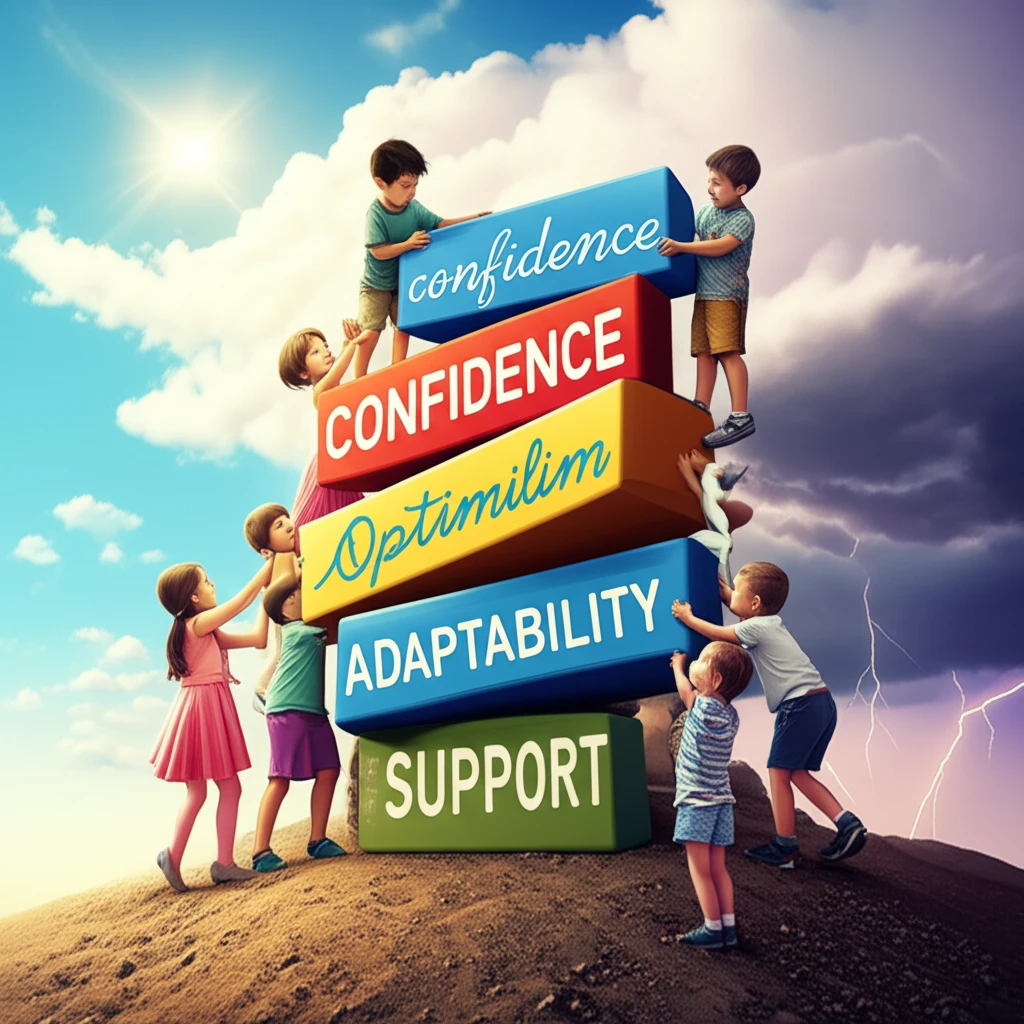
Building Resilience in Kids: A Step-by-Step Guide for Parents and Educators
"Discover how to foster resilience in children, empowering them to navigate life's challenges with confidence and a positive mindset. Learn practical strategies for pediatric rehabilitation."
In today's rapidly changing world, children face an array of challenges that can impact their mental and emotional well-being. As parents and educators, it's essential to equip them with the tools they need to navigate adversity and thrive. One of the most valuable tools is resilience – the ability to bounce back from setbacks, adapt to change, and maintain a positive outlook even in the face of difficulty.
Resilience isn't just about surviving tough times; it's about learning and growing from them. Resilient children are better equipped to handle stress, manage their emotions, build strong relationships, and achieve their goals. But how do we foster resilience in kids? It starts with understanding the key components of resilience and creating a supportive environment that nurtures these qualities.
This guide will walk you through practical, step-by-step strategies for building resilience in children of all ages. Drawing on insights from pediatric rehabilitation and positive psychology, we'll explore actionable techniques that you can implement at home, in the classroom, and in the community. Let's embark on this journey together, empowering the next generation to thrive in an ever-changing world.
The Building Blocks of Resilience: Key Strategies for Success

Building resilience in children involves focusing on specific self-capacities and mindsets. These capacities enable children to navigate various challenges and adapt positively. Here are several strategies:
- Provide opportunities for mastery experiences: Set achievable goals and celebrate successes.
- Encourage a growth mindset: Emphasize that abilities can be developed through dedication and hard work.
- Offer constructive feedback: Focus on effort and progress rather than just outcomes.
Empowering Future Generations: A Call to Action
Building resilience in children is an ongoing journey, not a destination. By implementing these strategies and fostering a supportive environment, you can empower the next generation to thrive in the face of adversity. Remember, resilience isn't about avoiding challenges; it's about developing the skills and mindset to navigate them with confidence, optimism, and hope. Together, we can create a world where all children have the opportunity to reach their full potential, no matter what life throws their way.
